4 Benefits Of Purple Potatoes, Recipes, And Side Effects
A purple twist to potatoes that upkeep your health and protect your body from chronic diseases
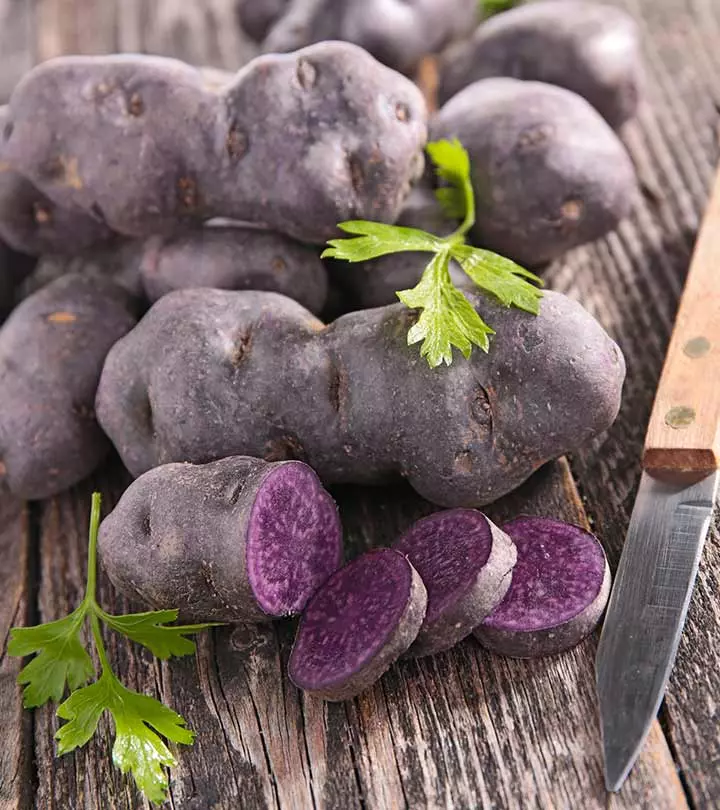
Image: Shutterstock
Purple potatoes have purple skin and flesh and have a slightly earthy flavor. These dense-textured, colorful potatoes are considered cousins of the regular variety. The health benefits of purple potatoes can be linked to their high levels of pigment molecules. The pigments are not only responsible for their color but also offer potential health benefits (1).

This article explores the health benefits of purple potatoes, ways of cooking, and their possible side effects. Keep reading.
In This Article
Are Purple Potatoes Real? What Is Unique About Them?
Yes, they are very much real!
Purple potatoes are an enriched variant of the white-fleshed starchy cultivar. These tubers are rich in active molecules called anthocyanins (1).
Anthocyanins are phenolic compounds responsible for the intense color of many fruits and vegetables, including berries, red grapes, red cabbage, and, of course, purple potatoes. These phenolic compounds protect the potatoes from diseases like potato blight (self-defense) (2).
You will find this purple variant in sweet and starchy potatoes. Some could be purple-skinned varieties, and some could have purple flesh. All of them have high amounts of phenolic compounds with minor differences in concentrations.
Interestingly, these purple potatoes again can be of different types. Let us check out some of them in the next section.
Key Takeaways
- Purple potatoes are starchy and have purple flesh and skin with an earthy flavor.
- Antioxidant levels in these potatoes are two to three times higher than white-fleshed potatoes because of the presence of anthocyanins.
- Purple potatoes help fight diabetes, obesity, and heart disease, and eliminate free radicals that induce inflammation of the gut, liver, and brain.
Varieties Of Purple Potatoes
Some popular types of purple potatoes include:
1. Purple Majesty: Known for its deep purple skin and flesh, this variety boasts a rich, nutty flavor. It retains its color even after cooking, making it ideal for vibrant dishes.
2. Purple Peruvian: This heirloom potato features a vibrant purple-blue skin with a white or lavender interior and offers a mildly sweet taste with a creamy texture.
3. Vitelotte: This French heirloom variety showcases dark purple skin and vibrant violet flesh. Its nutty flavor and earthy notes make it suitable for mashed dishes and salads.
4. All Blue: They have blue/purple skin and flesh and a firm texture with a slightly earthy flavor, suitable for various cooking methods like boiling, baking, or making colorful salads.
But where did purple potato plants originate and how did they travel the world? Scroll down to find out.
Where Do Purple Potatoes Come From?
Purple potatoes are native to Peru and Bolivia. You can find their other varieties in parts of Central and South America.
Gradually, they were introduced to the Asian countries. Japan’s Okinawa island is famous for its pale purple flesh, white-skinned potatoes. These days, you can find these variants in every supermarket that sells international/gourmet food.
Also, you can eat these tubers with their skins on!
Research reveals that the antioxidant levels in these potatoes are 2-3 times higher than white-fleshed potato because of the presence of anthocyanins (2).
Adding purple potatoes to your meals will enhance their nutritive value. The potato anthocyanins and vitamins have shown to suppress chronic diseases, including cancer (1).
 Trivia
TriviaScroll down to find the scientific evidence that proves such health benefits.
What Are The Benefits of Purple Potatoes?
The anthocyanins in purple potatoes fight diabetes, obesity, and heart disease. They also eliminate free radicals that induce inflammation of the gut, liver, and brain.
1. May Possess Anticancer Effects
Clinical trials show that purple-fleshed potatoes suppress the formation of tumors. They also reduced the size of tumors and polyps in the intestines, colon, and connective tissue by about 50% (3).
The predominant anthocyanins in these tubers were identified as peonidin and cyanidin. These molecules inhibit the cell division and growth in cancer cells. Researchers also report a decrease in other proliferative markers in subjects fed with these potatoes (1).
Several clones of purple potatoes (Peruvian, Okinawan, etc.) are present and are being developed. With further research and validation, they could be used as anticancer agents in humans.
2. Lower Blood Pressure (Hypertension)
Purple potato extracts have shown to lower blood pressure in subjects with hypertension. After four weeks, these individuals showed a 3.5% drop in systolic blood pressure and a 4.3% drop in diastolic blood pressure (4), (5).
There was no effect on the levels of blood lipids and glucose. The bodyweight of the subjects also remained unchanged. The anthocyanins, vitamins, and potassium are responsible for these observations (4).
Consuming the potatoes in regulated amounts could reduce the stiffness of arteries that arises due to cholesterol accumulation and aging. Hence, purple potatoes may not only control hypertension but also prevent cardiovascular diseases (6).
A study using NHANES 2017–2018 data, involving 4,730 participants, found a prevalence of hypertension of 45.6% according to the American College of Cardiology/American Heart Association (ACC/AHA) 2017 guidelines. Of these, 21.0% were able to maintain controlled blood pressure. The largest increases in both hypertension and controlled hypertension rates were observed in individuals aged 40–59 years with 17.4% and 30.0% respectively.
3. Improve Digestion And Gut Health
After digestion, the purple potato polyphenols release active molecules that promote gut health. Studies show that these molecules can inhibit cancers of the GI tract and colon. The high fiber content in these potatoes boosts the growth of good gut bacteria (7), (8).
Purple potato anthocyanins protect your gut and intestinal cells from inflammation and free radical damage. These polyphenols also stop the excessive absorption of iron in the intestines, which could be toxic (7), (8).
4. Maintain Liver Function
A study was performed in 2016 to study the effect of purple potato anthocyanins on animal liver injury. The results revealed increased antioxidant activity in the subjects. These active molecules slowed down the uptake, metabolism, and storage of fats in the liver (9), (10).
These effects could prevent the onset of chronic non-alcoholic fatty liver disease (NAFLD) in mouse models. The potato anthocyanins also protect the liver against inflammation and chemical stress induced by alcohol abuse in mice (9), (10).
Did You Know?
- Purple potatoes can help in weight loss by stopping fat accumulation in your body. Adding these tubers to your diet, therefore, lowers the risk of obesity (contrary to popular belief) (11).
- Due to its rich and deep color, purple potato is a popular food coloring agent. As a natural extract, it could replace chemical colorants like sodium nitrite. You can add purple or red potatoes to sausages, muffins, bread, cakes, and other non-food products for pink to black shades (12).
- Clinical trials on rats prove the safety of purple potatoes in subjects with diabetes. The flavonoids reduce blood glucose and lipids levels. They also improve insulin sensitivity in individuals with type II diabetes (13).
We all know there are various potato benefits, such as lowering blood pressure, improving heart and brain health, increasing collagen production, and preventing hair loss. However, the purple potato benefits are attributed to their antioxidant-rich biochemical profile. Go through the next section for more details.
Biochemical Profile Of Purple Potatoes
Most colored varieties of potatoes have similar nutritional status as the white tuber. They have equivalent amounts of carbohydrates, fibers, proteins, minerals, and vitamins.
The major difference is the concentration of biochemicals – this varies from one color to another. Purple potatoes have exceptionally high amounts of anthocyanins, carotenoids, and phenolic acids.
Purple-skinned tubers contain twice the concentration of phenolic acids as white-skinned tubers. The concentration of these acids was three to four times in purple-fleshed cultivars than that of white-fleshed varieties (14).
The prime phenolic acids are chlorogenic acid, protocatechuic acid, vanillic acid, and p-coumaric acid (14).
The colored tubers have about 5.5 mg to 35 mg/100g of flavonoids (like anthocyanins). The predominant anthocyanins are petunidin, peonidin, cyanidin, pelargonidin, and malvidin (14), (15).
Other flavonoids include catechin, epicatechin, eriodictyol, kaempferol, and naringenin (14).
Scientific data indicates that purple potatoes are nutritionally superior to the regular white ones.
 Trivia
TriviaWhy not try replacing them with the colored ones?
Scroll down for the delicious recipe with purple potatoes.
How To Cook With Purple Potatoes
You can cook purple potatoes in different ways —
Boiling:
- Simply peel and boil purple potatoes for 10-15 minutes until tender.
- Great for mashed potatoes or adding to salads.
Baking:
- Bake whole or sliced purple potatoes at 400°F (200°C) for about 30-40 minutes.
- Perfect for roasted potatoes or potato wedges.
Frying:
- Slice into thin rounds and fry in hot oil for crispy chips or fries.
- Add a sprinkle of salt or your favorite seasoning for extra flavor.
Incorporating Purple Potatoes:
- You may add to soups or stews for a pop of color.
- Mix into potato salads for a fresh twist.
- Use in casseroles or as a side dish for your main meal.
Before you start cooking, understand that purple potatoes taste exactly like the white ones. The purple ones wouldn’t taste like eggplants, and the reds won’t taste like beetroots. Don’t let the colors fool you!
You can use these colored tubers in almost all the recipes of white potatoes. Here’s one such recipe.
Purple Potato Roast With Garlic
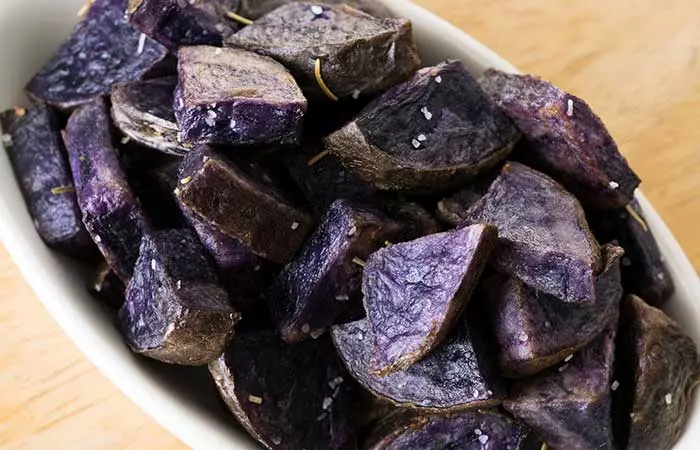
What You Need
- Purple potatoes: 1 kg (or 2½ lbs)
- Garlic: 3 cloves, minced
- Fresh cilantro: 2 tablespoons, chopped (optional)
- Extra virgin olive oil: 4 tablespoons
- Kosher salt: 3/4 teaspoon (or to taste)
- Black pepper: 1/8 teaspoon, ground (or to taste)
- Fresh thyme leaves: 2 teaspoons or ½ a teaspoon of dried thyme leaf
- Microwave oven
- Mixing bowl: large sized
Let’s Make It!
- Preheat the microwave oven to 400°F (or 200°C).
- Brush a large rimmed baking pan or roasting pan with olive oil.
- Wash and peel the purple potatoes well. Cut them into 1-inch pieces.
- Add the minced garlic, freshly chopped cilantro, olive oil, pepper, and thyme to a mixing bowl.
- Add potatoes and toss them well to coat the mixture.
- Arrange them in a single layer in the prepared roasting pan.
- Roast the potatoes for 20-25 minutes or until browned and tender. Flip them occasionally to cook equally. (You could also use an air-fryer for this step.)
- Stir-frying them is another quick option.
- When done, transfer to a serving dish.
- Serve hot alongside rice, pasta, steak, or just by itself. Enjoy these potatoes with dips of your choice.
Along with enough carbohydrates and fiber, you will also stock up on antioxidants and anti-inflammatory polyphenols by having purple potatoes.
But, purple or pink, they still are potatoes! Aren’t potatoes bad for your health?
Yes, only if taken in excess. Moreover, purple potatoes have a richer nutrition profile. Having them in moderation shouldn’t harm you.
However, there could be a few issues. Read on.
Do Purple Potatoes Have Any Side Effects?
No toxicity or side effects of purple potatoes have been proved to date. There is almost no trial shedding light on the interactions of these tubers with drugs.
One disadvantage of overeating these could be issues with blood clotting. High amounts of anthocyanins in purple potatoes may interact with anticoagulants/blood thinners.
Hence, we urge you to consult a healthcare provider or nutritionist about the safety of these potatoes. You may be advised to limit your intake depending on the medical history.
The benefits of purple potatoes extend beyond their striking aesthetic appeal. They are loaded with healthy carbs, dietary fiber, vitamins, minerals, and beneficial phytonutrients like carotenoids and anthocyanins. Purple potatoes may help lower blood pressure and benefit those with hypertension. They also are good for your heart health and reduce the risk of cardiovascular disorders. They may help boost digestion, promote liver function, and protect against inflammation. However, excess consumption can lead to a few side effects as they may interact with blood thinners. If you experience any adverse effects, limit their intake and seek medical advice.
Frequently Asked Questions
Which variant is healthier: red or purple potatoes?
Both varieties have a comparable nutritional profile. However, purple potatoes have a slight edge as they have a richer carbohydrate content (16), (17).
Can I eat purple potatoes every day?
Yes. Purple potatoes can help boost overall health and are healthier than the regular white variety. However, consume them in moderation.
Are purple potatoes keto-friendly?
No. Purple potatoes are rich in carbohydrates and have low-fat content. They are not keto-friendly.
Are purple potatoes better than sweet potatoes?
No. Sweet potatoes have a better macronutrient profile (more calories, carbohydrates, proteins, and dietary fiber than purple potatoes) (18).
Can you eat raw purple potatoes?
Yes. However, cooking them makes them more palatable.
How much potassium do purple potatoes contain?
Purple potatoes have a similar nutritional value to white potatoes. Hundred grams of purple potatoes contain about 413 mg of potassium (16), (19).
Discover the potential health benefits of purple potatoes. Watch this video to get hold of a delicious salad recipe made with these potatoes, and incorporate them into your diet to make your life healthier.
References
Articles on StyleCraze are backed by verified information from peer-reviewed and academic research papers, reputed organizations, research institutions, and medical associations to ensure accuracy and relevance. Read our editorial policy to learn more.
- Role of Anthocyanin-enriched Purple-fleshed Sweet Potato P40 in Colorectal Cancer Prevention, Author manuscript, HHS Public Access, US National Library of Medicine, National Institutes of Health.
https://www.ncbi.nlm.nih.gov/pmc/articles/PMC3980565/ - Red and purple coloured potatoes as a significant antioxidant source in human nutrition– a review, Plant, Soil, and Environment, CiteSeerX, The Pennsylvania State University.
http://citeseerx.ist.psu.edu/viewdoc/download?doi=10.1.1.612.6408&rep=rep1&type=pdf - Cancer-preventive Properties of an Anthocyanin-enriched Sweet Potato in the APCMIN Mouse Model, Journal of Cancer Prevention, US National Library of Medicine, National Institutes of Health.
https://www.ncbi.nlm.nih.gov/pmc/articles/PMC5624454/ - High-antioxidant potatoes: acute in vivo antioxidant source and hypotensive agent in humans after supplementation to hypertensive subjects, Journal of Agricultural and Food Chemistry, US National Library of Medicine, National Institutes of Health.
https://www.ncbi.nlm.nih.gov/pubmed/22224463 - Effect of consuming a purple-fleshed sweet potato beverage on health-related biomarkers and safety parameters in Caucasian subjects with elevated levels of blood pressure and liver function biomarkers: a 4-week, open-label, non-comparative trial, Bioscience of Microbiota, Food and Health, US National Library of Medicine, National Institutes of Health.
https://www.ncbi.nlm.nih.gov/pmc/articles/PMC4965517/ - Effect of Purple Majesty Consumption on Antioxidant Status and Markers of Cardiovascular Risk in Healthy Volunteers, Final Report, San Luis Valley Research Center, Colorado State University.
https://potatoes.colostate.edu/wp-content/uploads/2014/02/Purple-Majesty-QMU-Bioavailability-Study-Final-Report.pdf - The impact of in vitro digestion on bioaccessibility of polyphenols from potatoes and sweet potatoes and their influence on iron absorption by human intestinal cells, Food & Function, US National Library of Medicine, National Institutes of Health.
https://www.ncbi.nlm.nih.gov/pubmed/24056541 - Effects of Simulated Human Gastrointestinal Digestion of Two Purple-Fleshed Potato Cultivars on Anthocyanin Composition and Cytotoxicity in Colonic Cancer and Non-Tumorigenic Cells, Nutrients, US National Library of Medicine, National Institutes of Health.
https://www.ncbi.nlm.nih.gov/pmc/articles/PMC5622713/ - Purple potato (Solanum tuberosum L.) anthocyanins attenuate alcohol-induced hepatic injury by enhancing antioxidant defense, Journal of Natural Medicines, US National Library of Medicine, National Institutes of Health.
https://www.ncbi.nlm.nih.gov/pubmed/26481011 - Proteomic Profiles of Adipose and Liver Tissues from an Animal Model of Metabolic Syndrome Fed Purple Vegetables, Nutrients, US National Library of Medicine, National Institutes of Health.
https://www.ncbi.nlm.nih.gov/pmc/articles/PMC5946241/ - Anti-obesity and antioxidative effects of purple sweet potato extract in 3T3-L1 adipocytes in vitro, Journal of Medicinal Food, US National Library of Medicine, National Institutes of Health.
https://www.ncbi.nlm.nih.gov/pubmed/21861722 - Effects of Purple-fleshed Sweet Potato (Ipomoera batatas Cultivar Ayamurasaki) Powder Addition on Color and Texture Properties and Sensory Characteristics of Cooked Pork Sausages during Storage, Asian-Australasian Journal of Animal Sciences, US National Library of Medicine, National Institutes of Health.
https://www.ncbi.nlm.nih.gov/pmc/articles/PMC4092932/ - [Effect of purple sweet potato flavonoids on metabolism of glucose and lipids in diabetic rats], Journal of Zhejiang. Medical Sciences, US National Library of Medicine, National Institutes of Health.
https://www.ncbi.nlm.nih.gov/pubmed/21845749 - Biochemical and Phytochemical Properties of Potato: A Review, Review Article, Chemical Science Review and Letters, Academia.
https://www.academia.edu/31922843/Biochemical_and_Phytochemical_Properties_of_Potato_A_Review - CHARACTERIZATION AND QUANTIFICATION OF ANTHOCYANINS AND OTHER PHENOLICS IN NATIVE ANDEAN POTATOES, Electronic Theses & Dissertation Center, OhioLINK, Ohio Department of Higher Education.
https://pubs.acs.org/doi/10.1021/jf500655n - Antioxidant Rich Potato Improves Arterial Stiffness in Healthy Adults
https://www.ncbi.nlm.nih.gov/pmc/articles/PMC6096904/https://www.ncbi.nlm.nih.gov/pmc/articles/PMC6096904/ - Potatoes, red, flesh and skin, raw
https://fdc.nal.usda.gov/fdc-app.html#/food-details/170029/nutrientshttps://fdc.nal.usda.gov/fdc-app.html#/food-details/170029/nutrients - Sweet potato, raw, unprepared (Includes foods for USDA’s Food Distribution Program)
https://fdc.nal.usda.gov/fdc-app.html#/food-details/168482/nutrients - Potatoes, raw, skin
https://fdc.nal.usda.gov/fdc-app.html#/food-details/170032/nutrients
Read full bio of Madhu Sharma
Read full bio of Swathi Handoo
Read full bio of Ravi Teja Tadimalla
Read full bio of Himanshi Mahajan






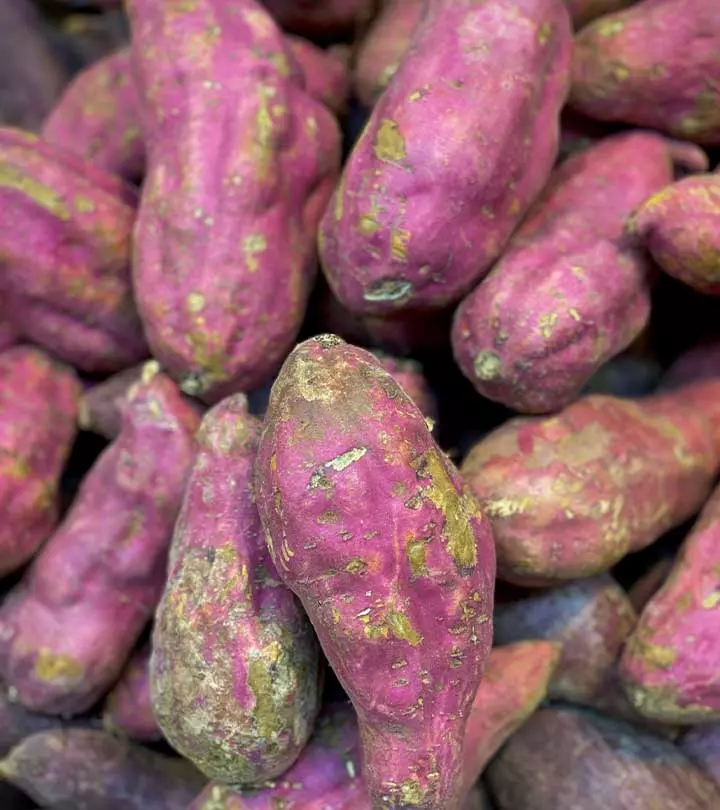
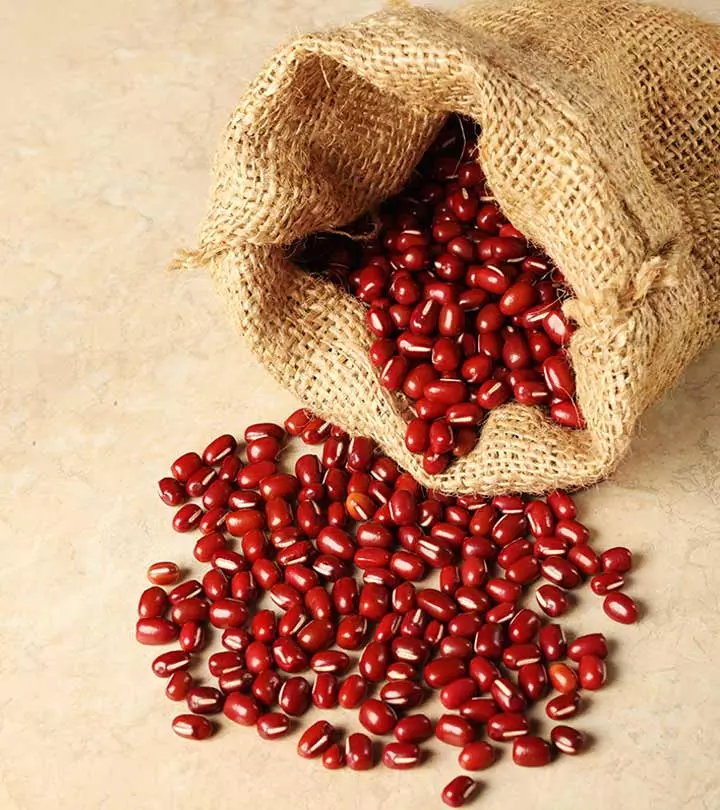
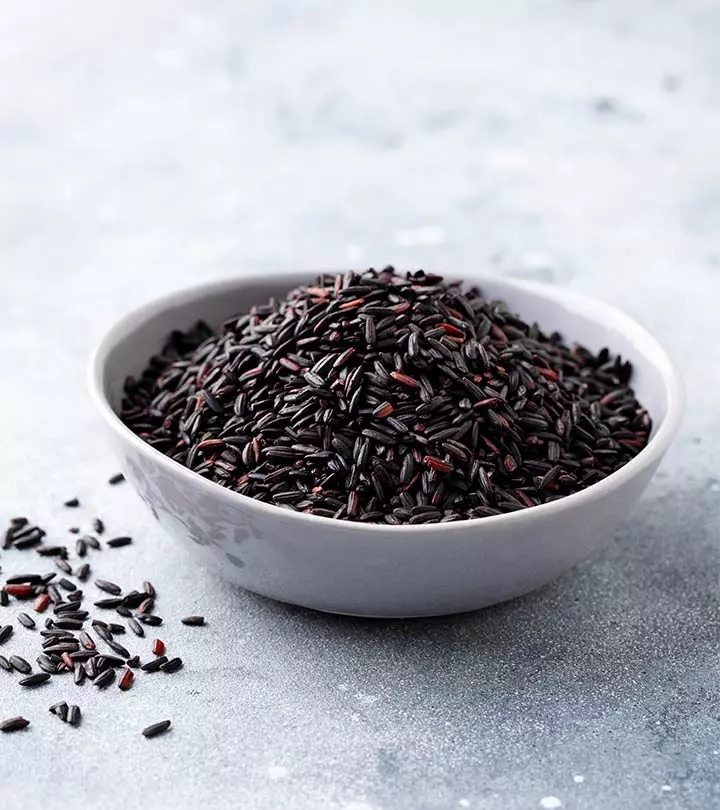
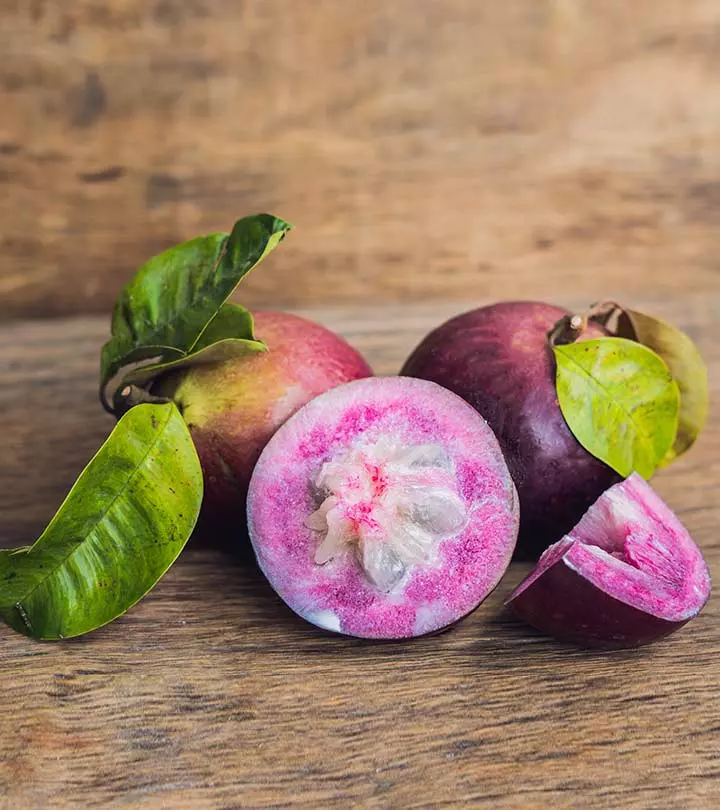
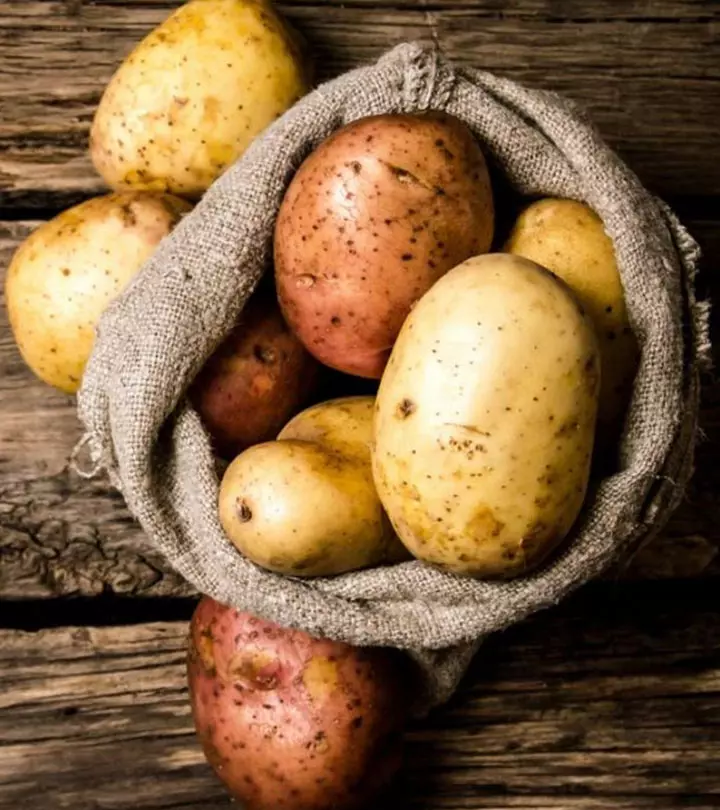
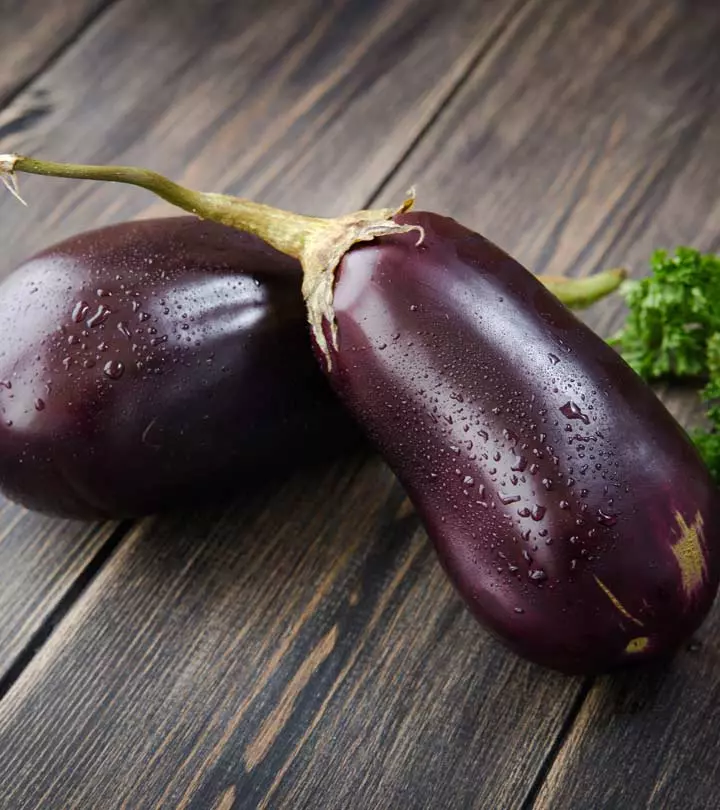
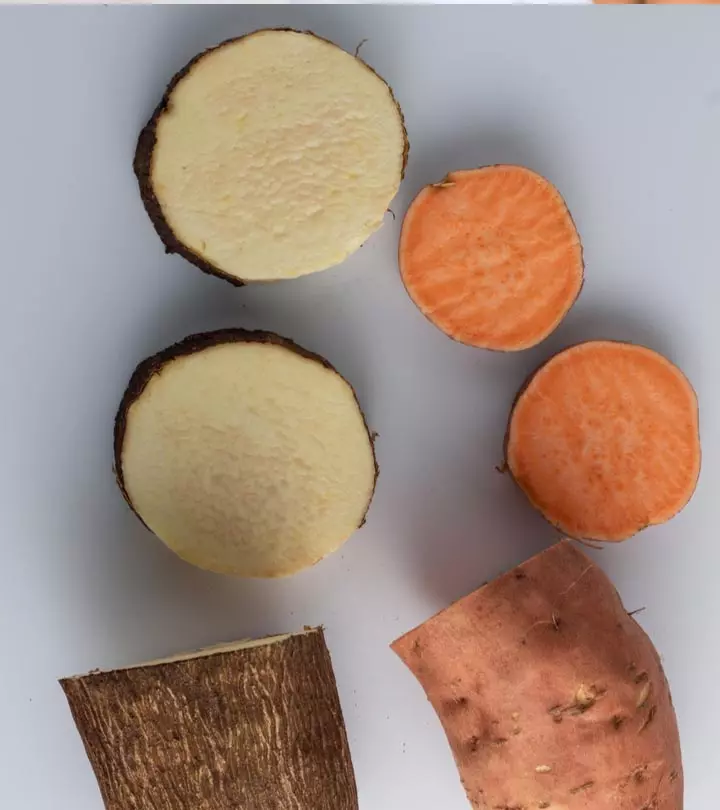

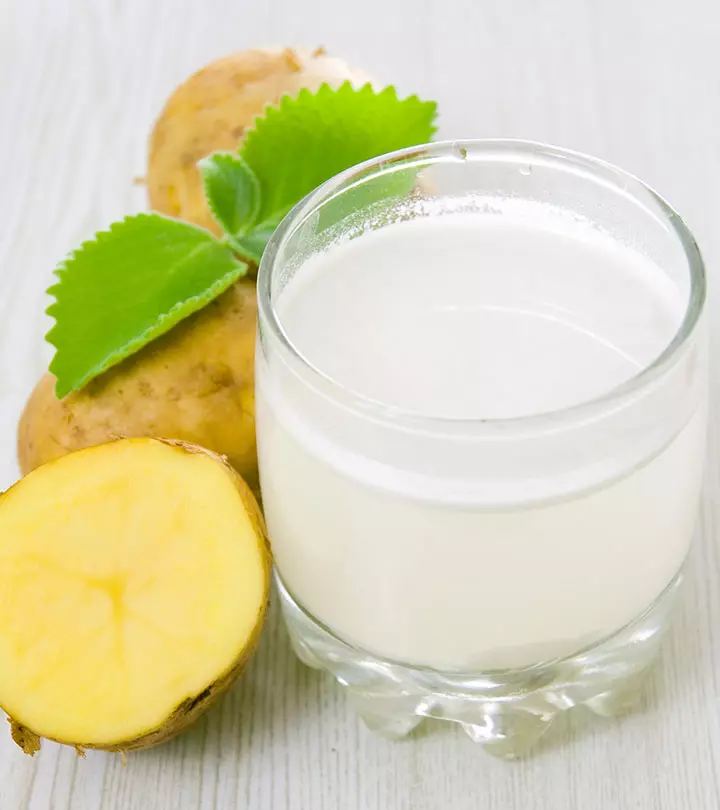
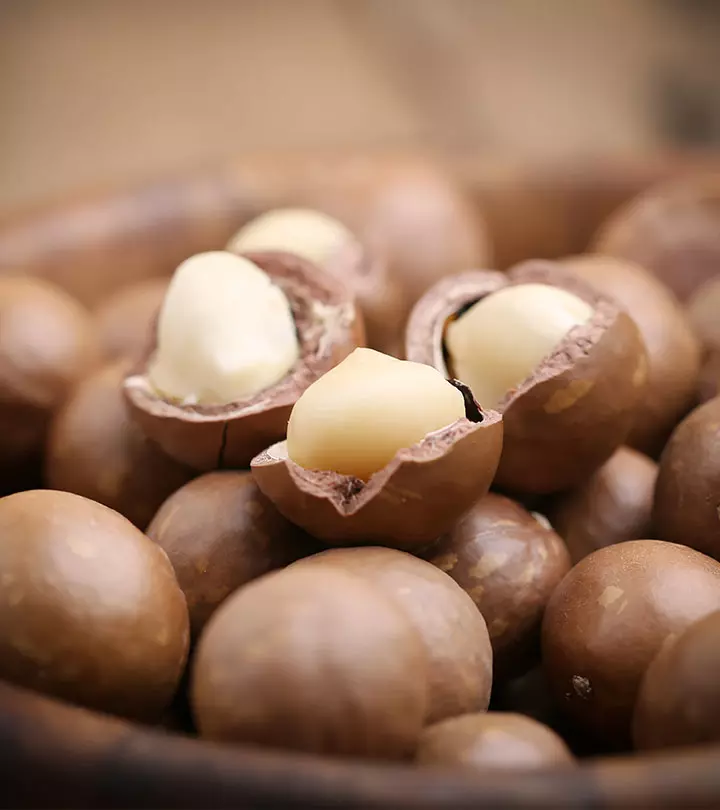

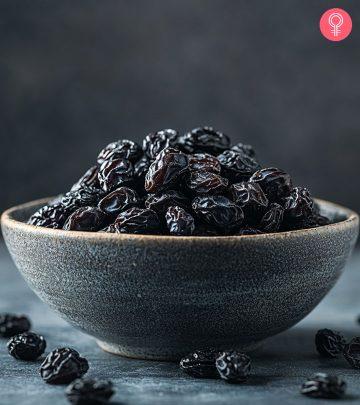
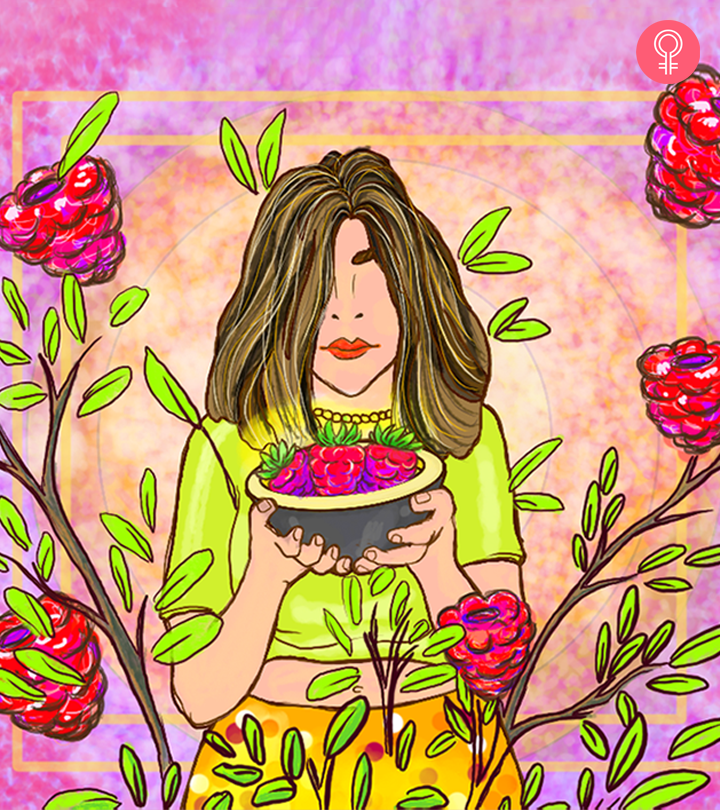





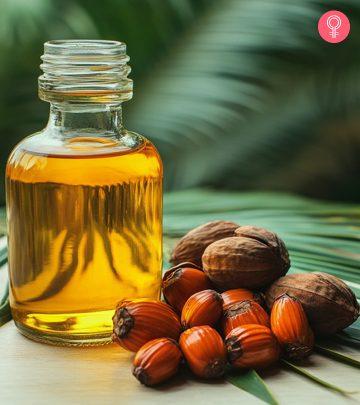
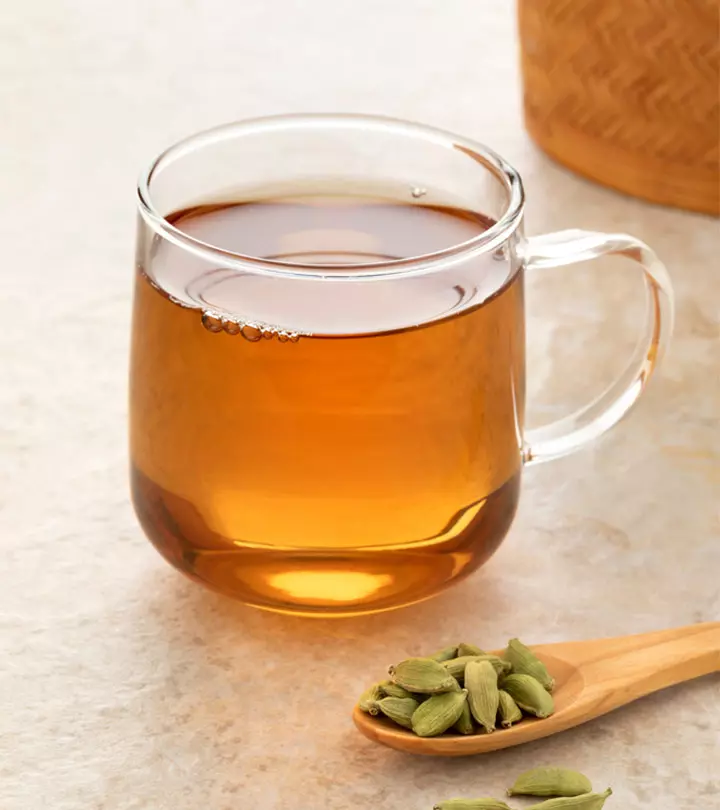

Community Experiences
Join the conversation and become a part of our empowering community! Share your stories, experiences, and insights to connect with other beauty, lifestyle, and health enthusiasts.